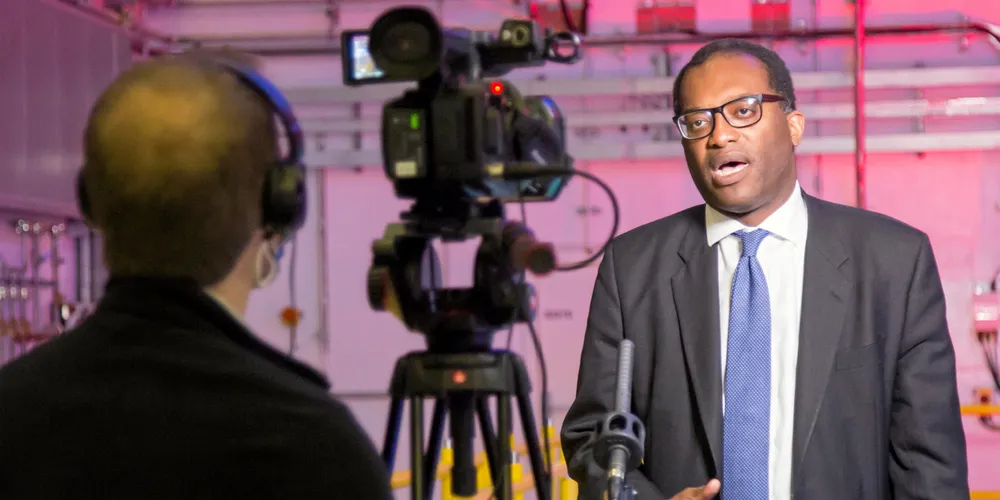UK opens world’s first national clean-hydrogen subsidy scheme as it aims for 10GW by 2030
Green H2 developers have until 7 September to register 'expressions of interest' — the first stage of the application process

Green H2 developers have until 7 September to register 'expressions of interest' — the first stage of the application process
